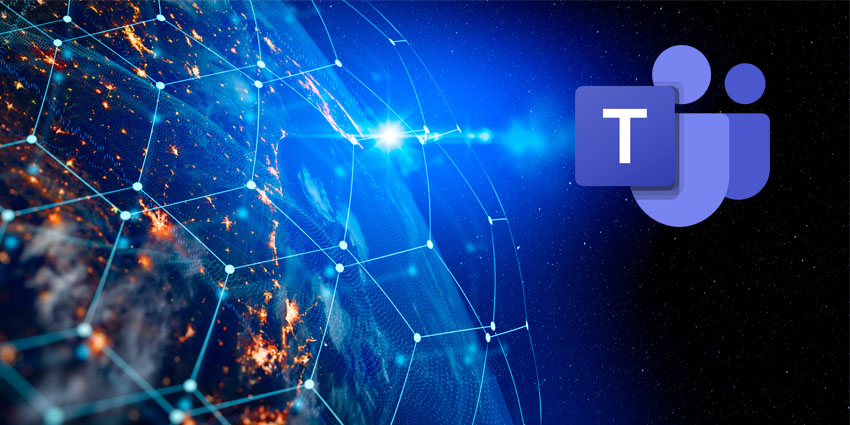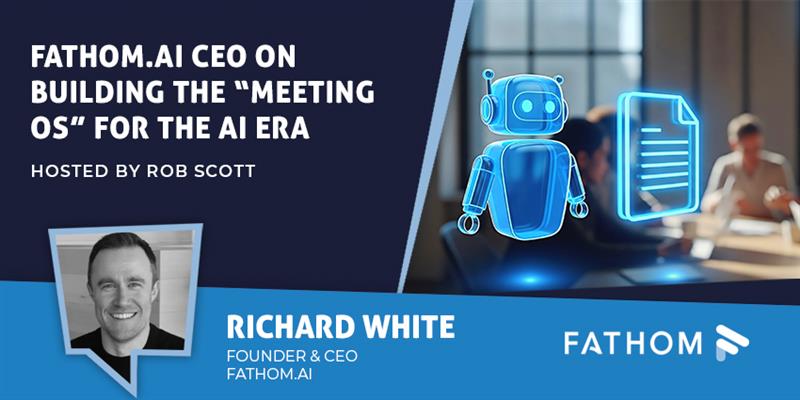Microsoft and NVIDIA have announced significant integrations to introduce AI-powered innovations for businesses.
In an expansion of their long-term partnership, Microsoft and NVIDIA have revealed powerful integrations utilising the latest NVIDIA Gen AI and Omniverse technologies across Microsoft Azure, Azure AI services, Microsoft Fabric and Microsoft 365.
“Together with NVIDIA, we are making the promise of AI real, helping drive new benefits and productivity gains for people and organisations everywhere,” said Satya Nadella, Chairman and CEO of Microsoft.
From bringing the GB200 Grace Blackwell processor to Azure to new integrations between DGX Cloud and Microsoft Fabric, the announcements we are making today will ensure customers have the most comprehensive platforms and tools across every layer of the Copilot stack, from silicon to software to build their own breakthrough AI capability.”
One of the most eye-catching integrations is how Microsoft’s flagship AI, Copilot, is being enhanced with NVIDIA AI and accelerated computing platforms. NVIDIA GPUs and Triton Inference Server will power AI inference in Copilot for Microsoft 365. Soon available as a dedicated key on Windows 11 PCs, 365 Copilot combines large language models with enterprise data for real-time intelligence, enhancing user creativity, productivity, and skills.
“AI is transforming our daily lives — opening up a world of new opportunities,” added Jensen Huang, founder and CEO of NVIDIA. “Through our collaboration with Microsoft, we’re building a future that unlocks the promise of AI for customers, helping them deliver innovative solutions to the world.”
The Integrations in More Detail
Microsoft will pioneer integrating NVIDIA Grace Blackwell GB200 and advanced NVIDIA Quantum-X800 InfiniBand networking into Azure, offering trillion-parameter foundation models for AI tasks like natural language processing, computer vision, and speech recognition.
Additionally, Microsoft introduces the general availability of Azure NC H100 v5 VM, powered by NVIDIA H100 NVL platform. These VMs support up to two NVIDIA H100 94GB PCIe Tensor Core GPUs per VM and NVIDIA Multi-Instance GPU (MIG) technology, allowing GPU partitioning into up to seven instances for flexible AI workloads.
The partnership also aims to foster healthcare and life sciences breakthroughs by integrating cloud, AI, and supercomputing technologies. Through Microsoft Azure, NVIDIA DGX Cloud, and the NVIDIA Clara suite of microservices, healthcare providers, pharmaceutical and biotechnology companies, and medical device developers can innovate rapidly across clinical research and care delivery.
Microsoft and NVIDIA namecheck Industry leaders such as Sanofi, the Broad Institute of MIT and Harvard, ISVs like Flywheel and SOPHiA GENETICS, academic medical centres such as the University of Wisconsin School of Medicine and Public Health, and health systems like Mass General Brigham as already leveraging cloud computing and AI to drive transformative changes in healthcare.
Powering industrial digitalisation, NVIDIA Omniverse Cloud APIs will launch on Microsoft Azure this year, enabling developers to boost data interoperability, collaboration, and physics-based visualisation in their apps. These benefits will allow factory operators to view real-time factory data on a 3D digital twin in Microsoft Power BI, expediting production.
Lastly, NVIDIA NIM inference microservices will join Azure AI to enhance AI deployments. As part of the NVIDIA AI Enterprise platform on the Azure Marketplace, NIM offers cloud-native microservices for optimised inference on over two dozen popular models, including NVIDIA-built ones. These prebuilt containers expedite deployment for developers, speeding up the time to market for performance-optimised production AI applications.
Microsoft’s March in AI
Microsoft kicked off March by announcing that it had updated Copilot to enable secure file reading, which the bot can use to create summaries, find data, or supplement with information from the internet.
While this initially may sound worrying regarding enterprise privacy, Microsoft has stressed that users have ultimate control over which files the AI has access to.
Last week, the Commonwealth Bank of Australia (CommBank) and Microsoft announced that they were deepening their pre-existing collaboration with a new strategic emphasis on Gen AI.
After both organisations marked a fresh “letter of intent”, the partnership aspires to enhance customer benefits through broader adoption of Gen AI and “ongoing cyber security initiatives”.
Finally, Microsoft announced last week that its Planner in Teams project management solution had entered Public Preview.
Previously announced at Microsoft Ignite in November, the new Planner product is a product of Microsoft merging the simplicity of its To Do service, the collaborative capabilities of the previous Planner iteration, the holistic capabilities of Project for the web, and the AI-powered turbocharger that is Microsoft Copilot into one unified functionality available in Microsoft Teams.







